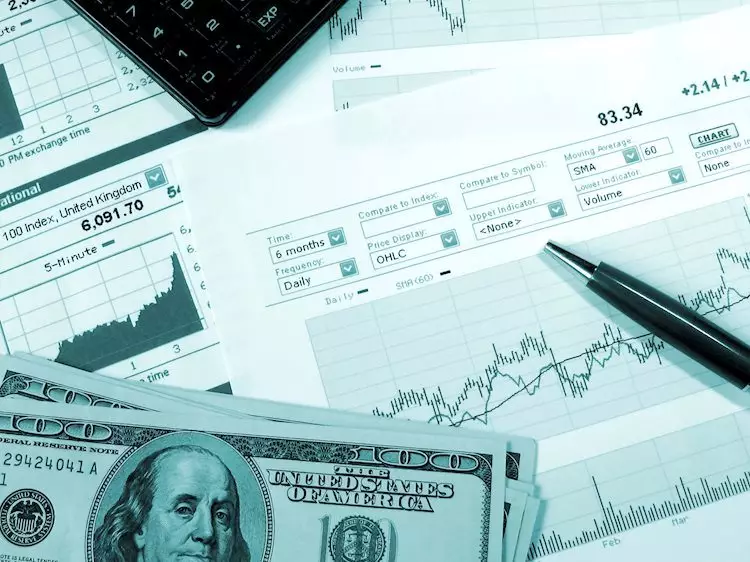The US Dollar Index (DXY) has been on a downward trend, hitting April lows. This decline can be attributed to the disappointing US Consumer Price Index (CPI) figures and softer University of Michigan (UoM) sentiment data. Both of these factors are leading to speculations of a rate cut by the Federal Reserve in September. While the market is increasingly confident in a potential rate cut, Fed officials are treading carefully, emphasizing the need for thorough data analysis before making any substantial changes.
Despite the positive Producer Price Index (PPI) data, with a 2.6% year-over-year increase in June, US Treasury yields are falling. This trend is diminishing the attractiveness of the US Dollar. The annual core PPI also saw an increase, surpassing market expectations. However, the soft CPI figures and UoM sentiment data are continuing to support the argument for a rate cut in September.
The breach of the 200-day Simple Moving Average (SMA) by the DXY Index has intensified the bearish outlook for the US Dollar. Indicators such as the Relative Strength Index (RSI) and the Moving Average Convergence Divergence (MACD) are still showing a negative trajectory. The index is currently trading at its lowest level since April, adding to the overall bearish sentiment. Even though a slight upward correction may be possible after the recent losses, the technical outlook remains predominantly bearish.
Monetary policy in the US is primarily determined by the Federal Reserve (Fed). The Fed’s main objectives are to achieve price stability and full employment. To accomplish these goals, the Fed adjusts interest rates. When inflation exceeds the target of 2% or prices are rising rapidly, the Fed raises interest rates. This makes the US a more appealing destination for international investors, strengthening the US Dollar. Conversely, when inflation is below 2% or unemployment is high, the Fed may lower interest rates to stimulate borrowing, which can weaken the Greenback.
The Federal Reserve holds eight policy meetings per year, where the Federal Open Market Committee (FOMC) evaluates economic conditions and makes monetary policy choices. The FOMC consists of twelve Fed officials, including the seven members of the Board of Governors, the president of the Federal Reserve Bank of New York, and four regional Reserve Bank presidents who serve rotating one-year terms. In extreme circumstances, the Fed may implement Quantitative Easing (QE), a non-standard policy measure to boost the flow of credit during crises or low inflation periods.
Quantitative Easing (QE) involves the Fed purchasing high-grade bonds from financial institutions by printing more Dollars. This policy was utilized during the Great Financial Crisis in 2008 to stimulate the economy. QE typically weakens the US Dollar. On the other hand, Quantitative Tightening (QT) is the reverse process, in which the Fed stops buying bonds and does not reinvest the principal from maturing bonds. This action is generally positive for the value of the US Dollar.

